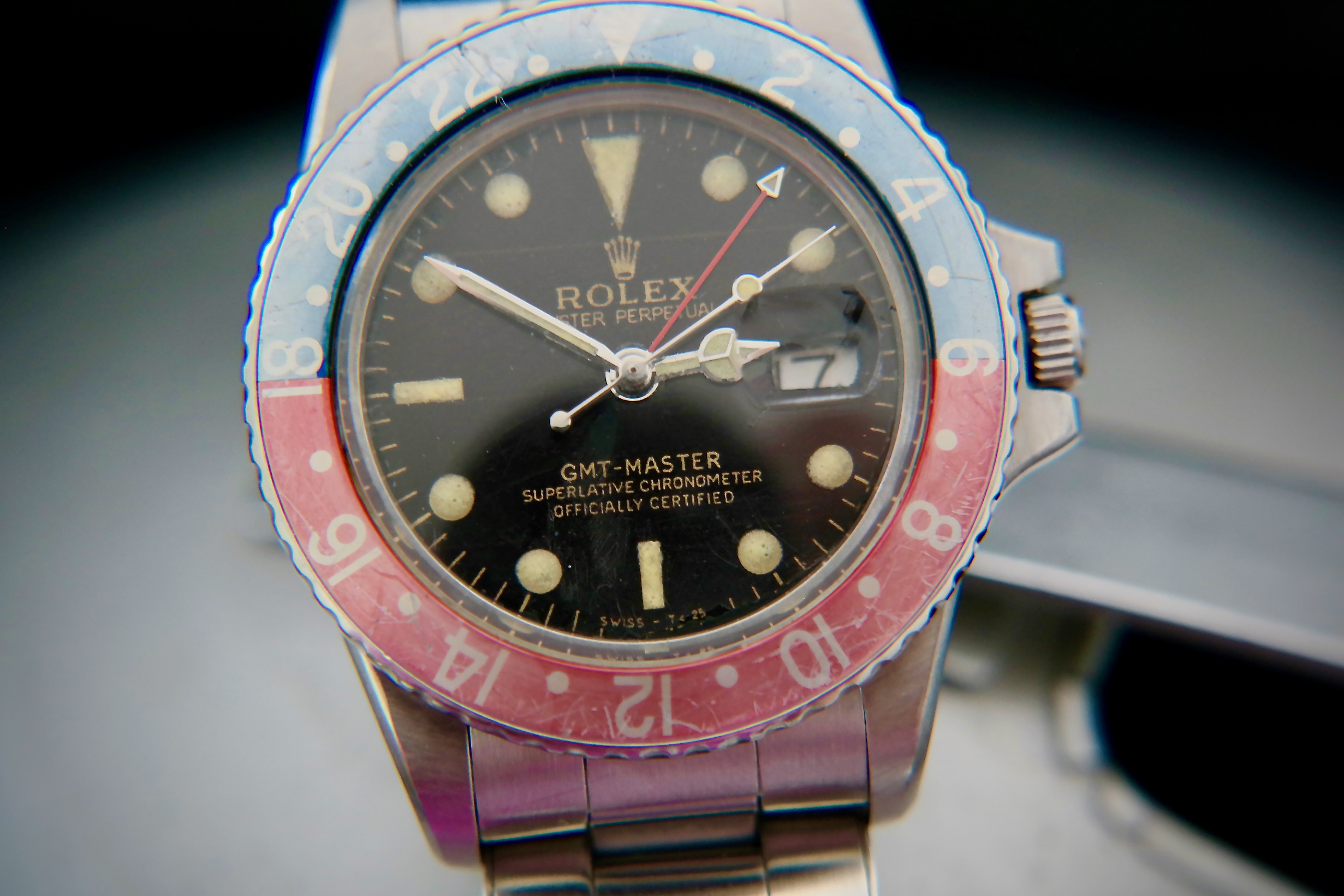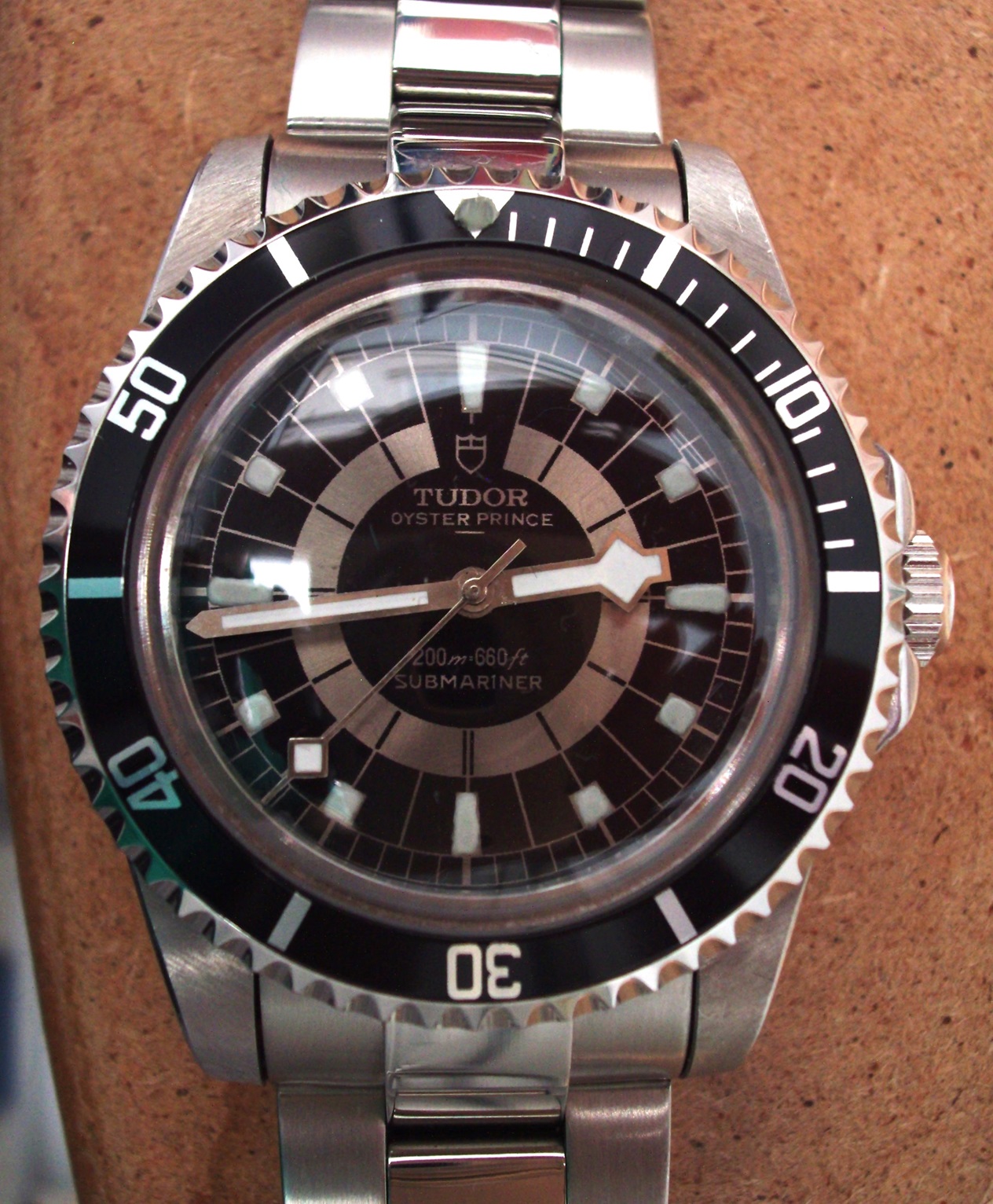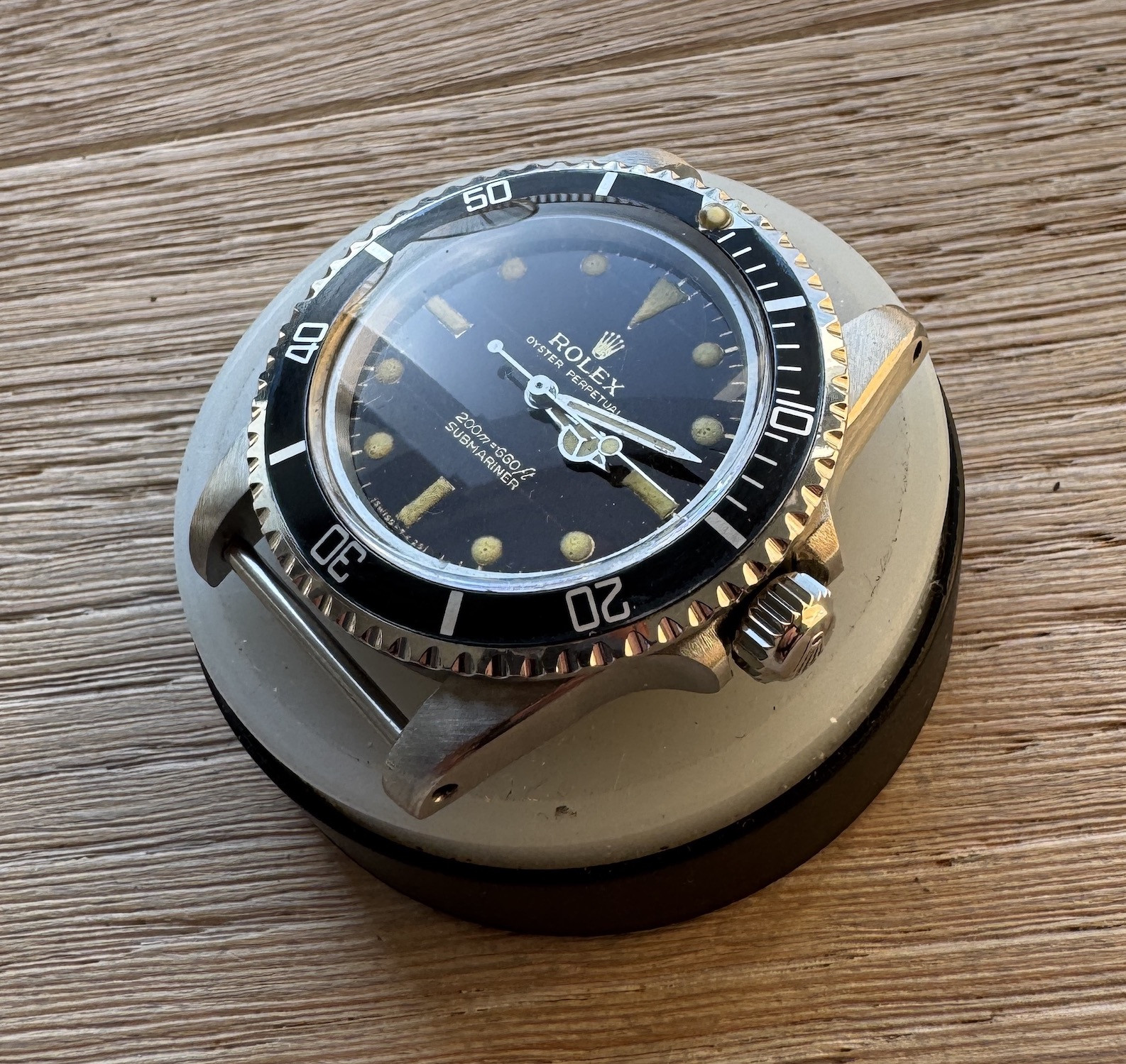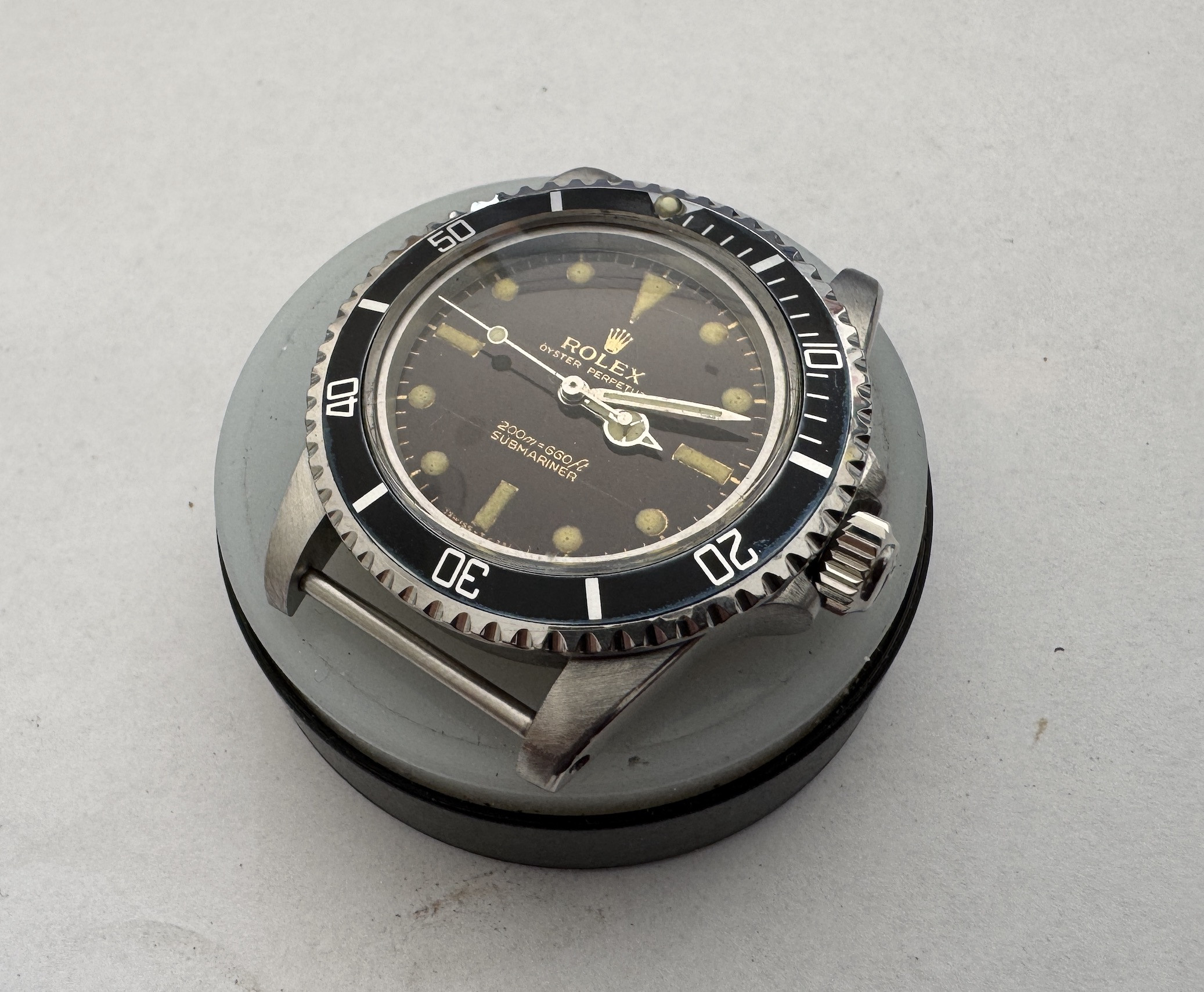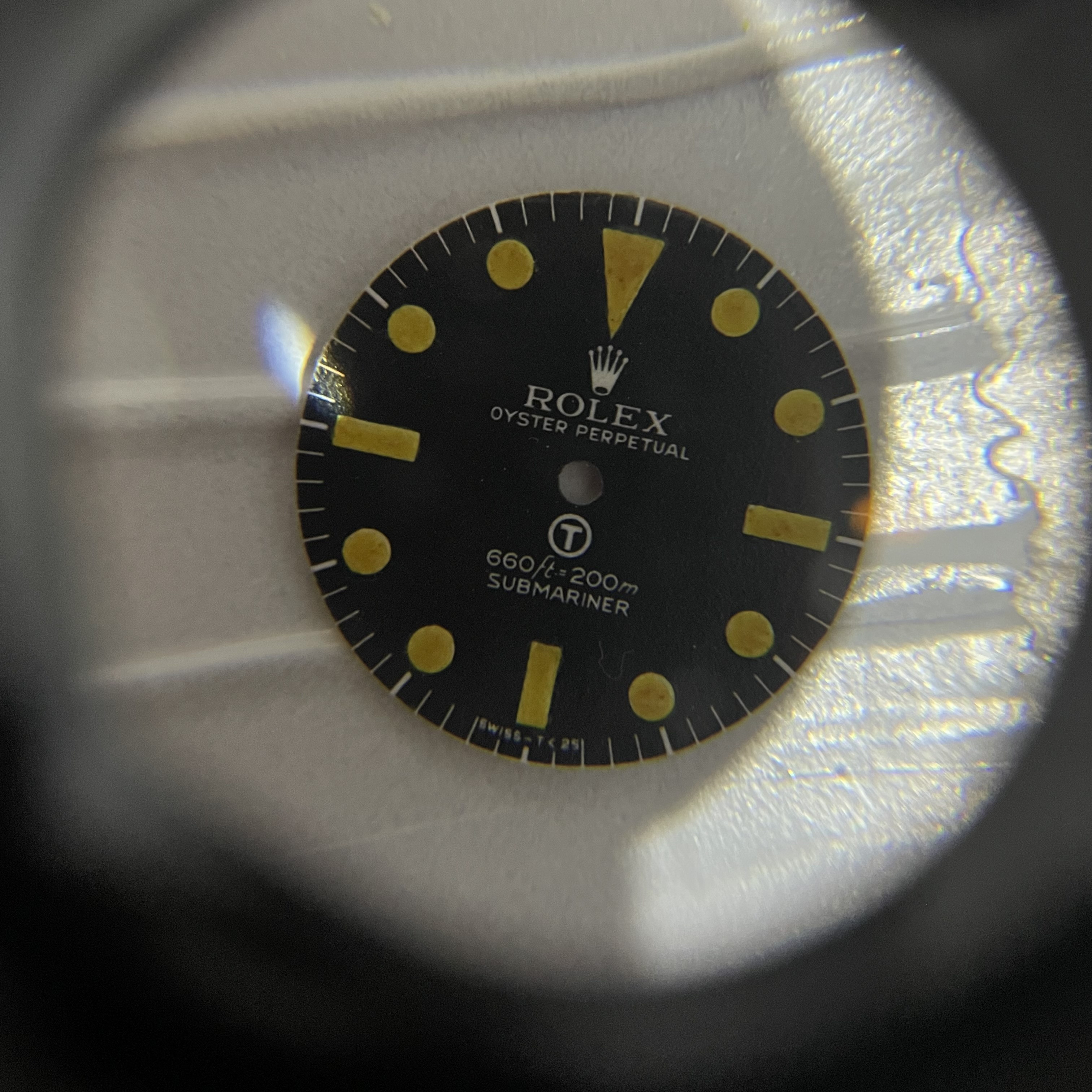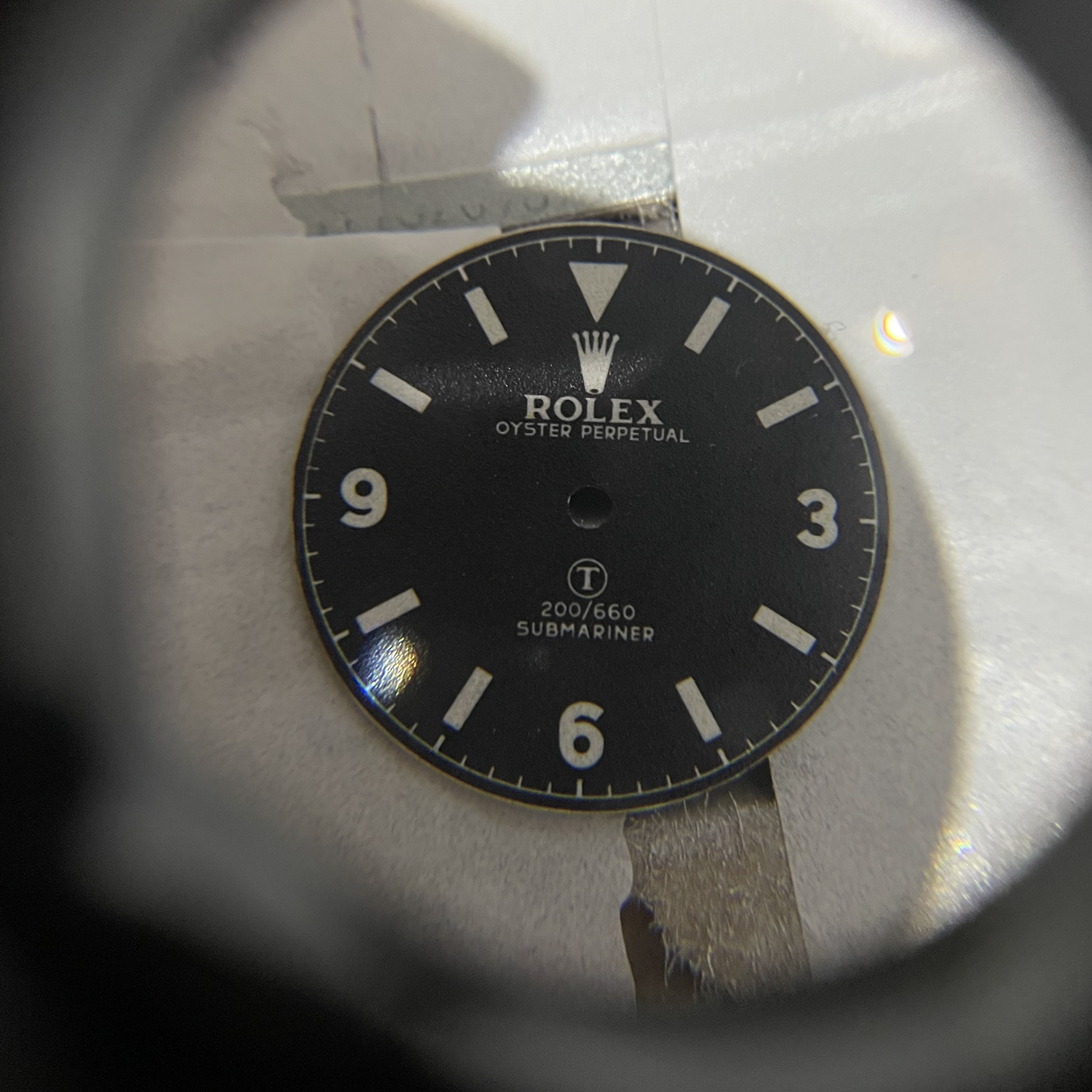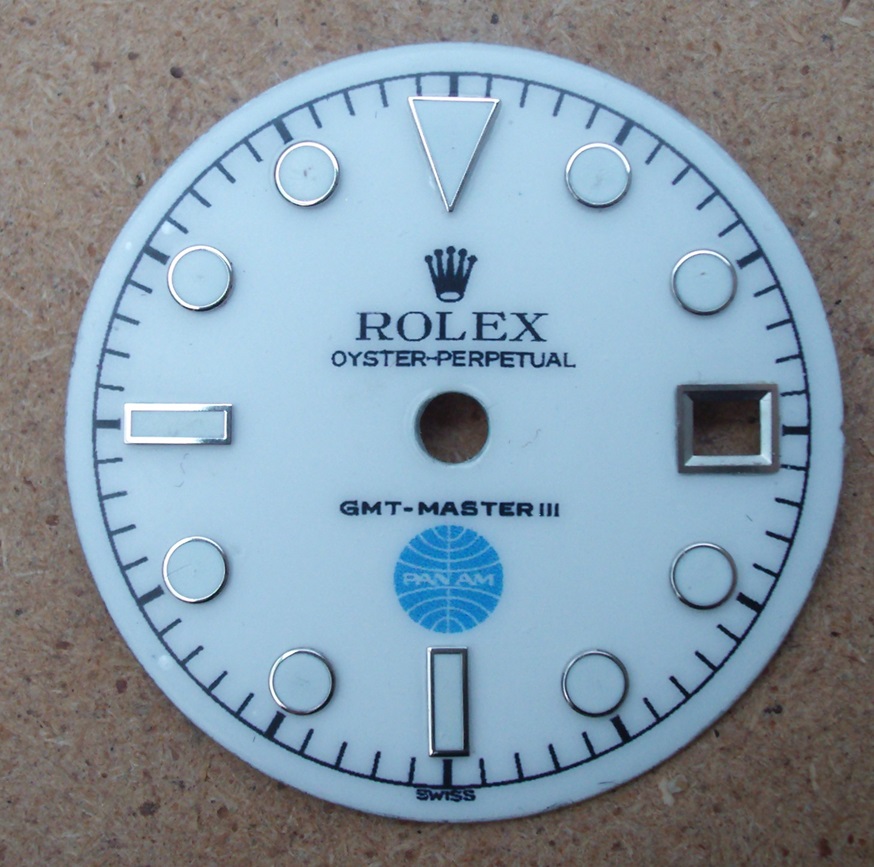i was hoping one of you guys could provide an insight. I am confident Rolex and other high end dial makers used lapidary machines to make flawless dials prior to electroplating, lacquering etc. Basically its kind of like sanding, but its on a hyper flat surface and the sanding portion spins. The sanding part is where I need help. i thought i had it with my dremel but some scratches remain and its time consuming. I tried with a power drill sanding pad which the idea worked, however i couldnt get full contact because the attachment was a bit flexible. But where it did make contact with my dial, it got uniform scratches and as I went up in grit
I was thinking adapting the idea by getting a small pottery wheel similar to this, laying some acrylic ontop of the wheel and gluing sandpaper on it. Id make a few different acrylic attachments. My goal would be similar to lapidary in that it would be 600, 800, 1200 grit and then I can polish. With this idea, i can apply the dial facedown and apply more even pressure across the dial on the sandpaper finish.
Thoughts on if this would be wise to construct if i want a scratch free surface on brass?
I was thinking adapting the idea by getting a small pottery wheel similar to this, laying some acrylic ontop of the wheel and gluing sandpaper on it. Id make a few different acrylic attachments. My goal would be similar to lapidary in that it would be 600, 800, 1200 grit and then I can polish. With this idea, i can apply the dial facedown and apply more even pressure across the dial on the sandpaper finish.
Thoughts on if this would be wise to construct if i want a scratch free surface on brass?

